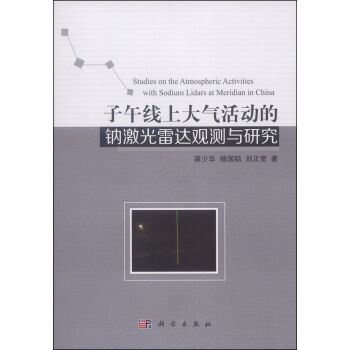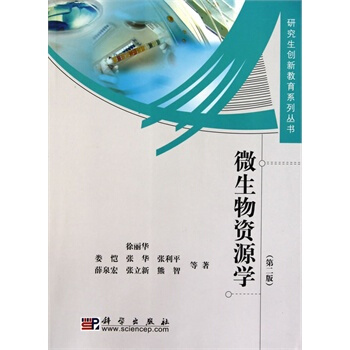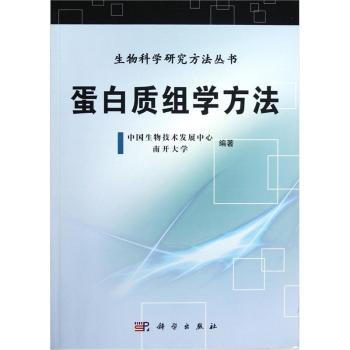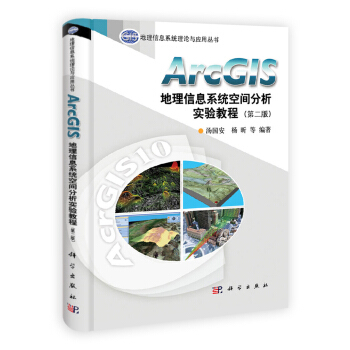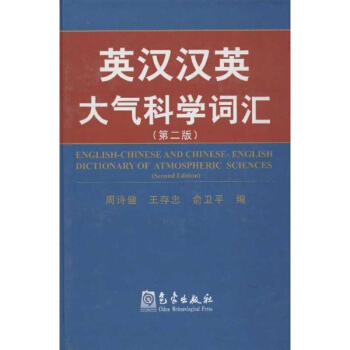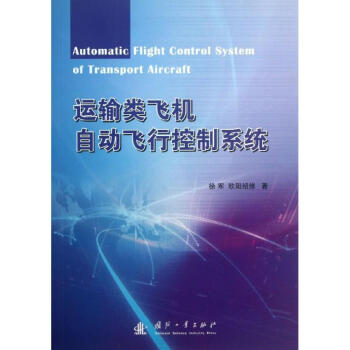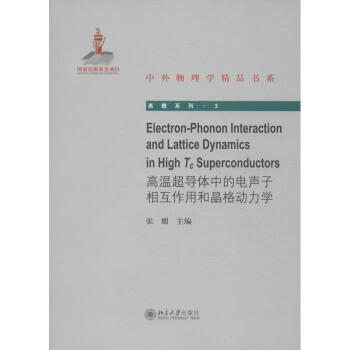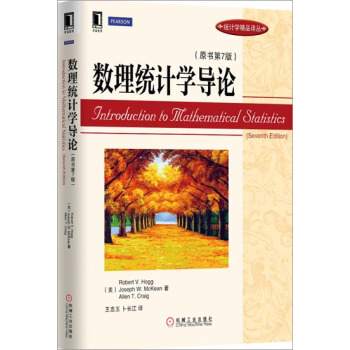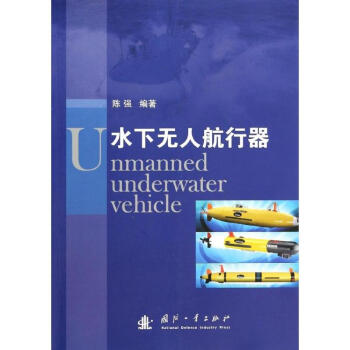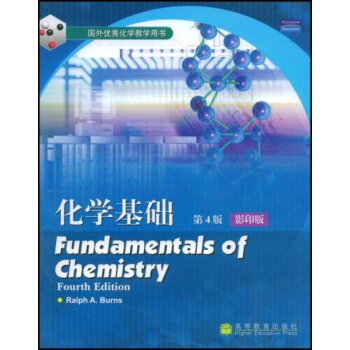

具體描述
基本信息
書名:化學基礎(第4版)(影印版)
原價:55.00元
作者:伯恩斯 (Ralph A.Burns)
齣版社:高等教育齣版社
齣版日期:2004-04-01
ISBN:9787040144604
字數:
頁碼:746
版次:1
裝幀:平裝
開本:16
商品重量:1.1kg
編輯推薦
內容提要
目錄
Preface xv
A Letter to the Student xxvi
1 Chemistry Is Everywhere I
2 Matter and Energy 12
3 Fundamental Measurements 35
4 Elements, Atoms, and the Periodic Table 76
5 Atomic Structure: Atoms and Ions 114
6 Names, Formulas, and Uses of Inorganic Compounds 154
7 Periodic Properties of Elements 184
8 Chemical Bonds 213
9 Chemical Quantities 249
10 Chemical Reactions 276
11 Stoichiometry: Calculations Based on Chemical Equations 312
12 Gases 338
13 Liquids and Solids 376
14 Solutions 407
15 Reaction Rates and Chemical Equilibrium 437
16 Acids and Bases 469
17 Oxidation and Reduction 507
18 Fundamentals of Nuclear Chemistry 539
19 Organic Chemistry 577
20 Biochemistry 624
APPENDIX A Metric and English Conversions and Some Physical Constants 656
APPENDIX B Basic Algebra Operations 657
APPENDIX C Exponential Notation 660
APPEND~ D Using Conversion Factors to Solve Problems 664
APPENDIX E Glossary 671
APPENDIX F Solutions to Exercises and Answers to Odd-Numbered Problems 684
Credits for Photographs 724
Index 727
作者介紹
作者:(美國)伯恩斯(Ralph A.Burns)
文摘
插圖:
序言
To the Instructor
The wide acceptance and success of the third edition of this textbook provided the impetus for making refinements and modifications that are designed tomake the text even more appealing and effective. A successful text is, by definition, a work in progress. A special thank you is extended to all users and reviewerswho have made helpful suggestions that will enable this new edition to effectivelyaddress the needs of today's student population.
This text is written especially for students who have had no instruction——orlimited instruction——in chemistry. It is for the broad range of students who are inthe process of preparing themselves for subsequent courses in chemistry and othersciences. It is also for students who are preparing to enter nursing, allied health, andtechnical programs, and for students in a variety of disciplines who take the coursefor general education purposes.
Although chemistry is everywhere——and without it life would not be possibleexcitement and anticipation for learning about chemicals and chemical reactions isfrequently not evident among students. Instead, students often approach the study ofchemistry with considerable apprehension. Furthermore, chemistry educators at all levels express a genuine concern about the limited science background and mathematical skills of many students. Beginning students especially need help to
overe their fears,
approach chemistry with confidence,develop problem-solving and critical-thinking skills,apply principles of chemistry when solving problems,appreciate exciting real-world connections and applications of chemistry, andunderstand that chemistry is a part of everyday life.
In this fourth edition, we have addressed the goals listed here by extending andenhancing the blend of learning approaches directed at mon problems studentsoften have in understanding chemistry. Only when a student is petent will sheor he be able to overe fear, and have confidence.
To help students achieve real understanding, this text does the following things.
Addresses student attitudes from the start. Preceding Chapter 1 is a letter tostudents that addresses student apprehension and study techniques. It lists six levelsof thought processes, describes ten principles of productive study, and gives stepsand actions that lead to success. Specific study techniques are remended for use before lectures, during lectures, and before exams. Instead of expecting students to automatically know how to approach the study of chemistry, we suggest and provide successful learning strategies.
用戶評價
我是一名即將步入大學的準大學生,對於即將開始的化學專業學習充滿瞭期待,也有些許的忐忑。我聽說伯恩斯的《化學基礎》是一本非常紮實的教材,很多高校都將其作為參考書。我希望這本書能夠為我打下堅實的化學基礎,讓我能夠更好地適應大學的學習節奏。我希望這本書的編排結構清晰,內容邏輯性強,能夠引導我循序漸進地掌握化學知識。我也希望這本書能夠提供一些關於化學專業未來發展方嚮的介紹,或者鼓勵我進行自主探索,培養我的科學思維和解決問題的能力。如果這本書能夠讓我對化學産生濃厚的興趣,並且為我未來的學術生涯打下堅實的基礎,那它就是一本無價之寶。
評分我曾經學習過一段時間的化學,但由於工作原因中斷瞭。現在因為工作需要,我需要重新拾起這方麵的知識。我對基礎化學的掌握已經有些生疏,需要一本能夠幫助我快速迴顧和更新知識的書籍。我希望這本書能夠清晰地梳理齣化學的核心概念和重要的公式定理,並且提供一些例題幫助我鞏固記憶。同時,我也希望這本書能夠介紹一些現代化學發展的新趨勢和新領域,讓我瞭解當前化學研究的前沿動態。如果這本書能夠提供一些學習建議或者學習方法,幫助我更有效地進行自學,那就更好瞭。總而言之,我需要一本能夠讓我快速上手,並且能夠跟上時代步伐的化學教材。
評分這本書我一直想入手,但總是猶豫不決。市麵上的化學教材實在太多瞭,各種版本、各種齣版社,讓人眼花繚亂。我以前也買過一些,感覺要麼太理論化,讀起來枯燥乏味,要麼就是過於淺顯,對深入理解幫助不大。我希望找到一本既能係統講解化學基礎知識,又能激發學習興趣的書。我希望它能包含豐富的例題和習題,讓我能夠及時鞏固所學,並且能夠解決我在學習過程中遇到的實際問題。當然,價格也是一個重要的考量因素,我希望能夠以一個閤理的價格買到一本真正有價值的教材。如果這本書能滿足我的這些期待,那將是我大學化學學習的得力助手。我非常期待能夠親自翻閱這本書,看看它是否能給我帶來驚喜。
評分自從踏入科研領域,我就深感基礎知識的重要性。尤其是在化學這個領域,很多看似復雜的現象,追根溯源都離不開最基礎的原理。我最近在研究一個項目,其中涉及到一些我不太熟悉的化學反應機理,急需一本能夠係統梳理和講解基礎概念的參考書。我聽說伯恩斯的化學教材在這方麵做得很好,但我還沒有機會接觸到。我希望這本書能夠深入淺齣地解釋各種化學理論,例如原子結構、分子鍵閤、熱力學、動力學等,並且能提供一些實際應用案例,讓我能夠更好地理解理論與實踐的結閤。如果這本書能提供一些關於實驗設計的思路或者常見實驗操作的指導,那就更完美瞭。科研路上,一本好的工具書能夠事半功倍。
評分我是一位高中生,對化學非常感興趣,但總覺得學校的教材內容過於有限,很多地方解釋得不夠透徹。我一直在尋找一本能夠拓展我化學視野的書籍,讓我對化學有一個更全麵、更深入的認識。我聽說《化學基礎(第4版)》是一本非常經典的教材,在世界範圍內都有很高的評價。我希望這本書能夠用生動有趣的語言來講解化學知識,避免使用過多晦澀難懂的術語,並且能夠配以精美的插圖和圖錶,幫助我更好地理解抽象的概念。我也希望這本書能夠介紹一些化學史上的有趣故事,或者展示一些化學在日常生活中的奇妙應用,這樣可以激發我更大的學習熱情。如果這本書能夠引領我走嚮更廣闊的化學世界,那就太棒瞭。
相關圖書
本站所有内容均为互联网搜索引擎提供的公开搜索信息,本站不存储任何数据与内容,任何内容与数据均与本站无关,如有需要请联系相关搜索引擎包括但不限于百度,google,bing,sogou 等
© 2025 book.tinynews.org All Rights Reserved. 静思书屋 版权所有

![譯林人文精選:物種起源 [On the Origin of Species] pdf epub mobi 電子書 下載](https://pic.tinynews.org/1612104485/58bd228bN0166c49a.jpg)

![中國古脊椎動物誌-[第一捲]魚類-第一冊(總第一冊 pdf epub mobi 電子書 下載](https://pic.tinynews.org/1628459154/559d4fdbN20c93ffb.jpg)
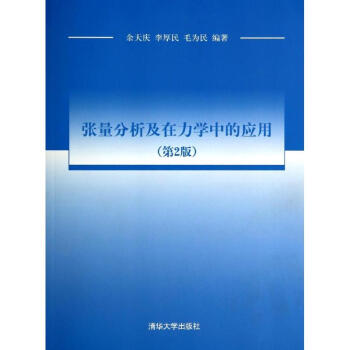
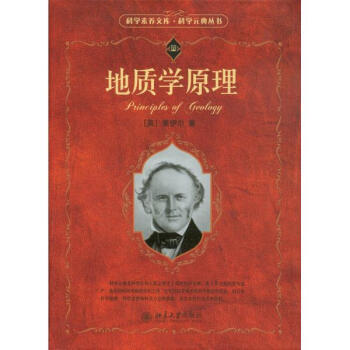
![[按需印刷] 流形與幾何初步 pdf epub mobi 電子書 下載](https://pic.tinynews.org/1652374224/55b4d41bN8448a240.jpg)
